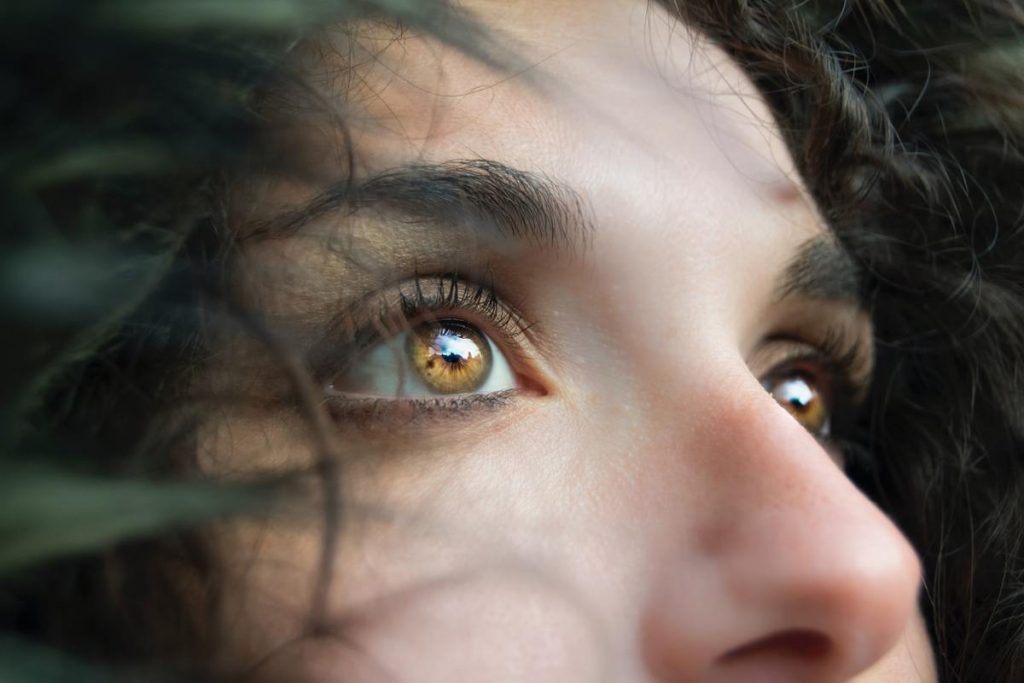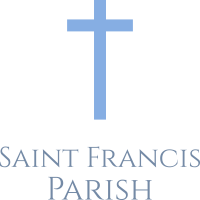 Rhinoplasty, also known as a nose job, is basically a cosmetic plastic surgery technique for changing and transforming the nose. There are two kinds of cosmetic plastic surgeries employed through rhinoplasty reconstructive surgery that restores the normal shape and functions of the nasal tip and cosmetic surgery which alter the entire look of the nasal tip. The cosmetic surgery for nasal tip involves removal of excess skin, cartilage and fat from the tip of one’s nose to create a contoured appearance while the reconstructive technique for buccal lipectomies involves modification of the cartilage and fat of the nasal tip. This technique can be used to correct post-natal abnormalities and birth defects.
Rhinoplasty, also known as a nose job, is basically a cosmetic plastic surgery technique for changing and transforming the nose. There are two kinds of cosmetic plastic surgeries employed through rhinoplasty reconstructive surgery that restores the normal shape and functions of the nasal tip and cosmetic surgery which alter the entire look of the nasal tip. The cosmetic surgery for nasal tip involves removal of excess skin, cartilage and fat from the tip of one’s nose to create a contoured appearance while the reconstructive technique for buccal lipectomies involves modification of the cartilage and fat of the nasal tip. This technique can be used to correct post-natal abnormalities and birth defects.
Patients considering rhinoplasty surgery in Melbourne are advised to assess their condition first and to determine their own expectations and desires regarding the surgery. Most patients undergoing rhinoplasty are those who have breathing or facial problems due to birth trauma, illness or accidents. In many instances, rhinoplasty is performed to re-establish normal breathing, clearing nasal airway, reducing congestion, improving cosmetic appearance, and enhancing overall health. However, some patients with health insurance are not eligible for the procedure and are instead required to obtain coverage or a referral from their primary care doctor in order to have the surgery performed.
As with all surgeries, such as post pregnancy procedures in Melbourne & rhinoplasty has its share of risks and complications associated with it. Some of these complications include infection, swelling, bruising, poor scar appearance and delayed healing. These complications are more likely to occur if the rhinoplasty is carried out by inexperienced surgeons. Some of these surgeons specialise in only one or two areas of facial appearance and although they may have years of experience, they do not possess extensive patient experience and may not be able to recognise or anticipate problems that patients may have such as breathing irregularities, drooping eyelids, drooping forehead or nose, poor skin elasticity, droopy lips and chin, and oversized jaws. For this reason, it is always recommended that patients thoroughly check with each surgeon that they are considering hiring before making a final selection for the best breast reduction in Melbourne.
The majority of rhinoplasty procedures and Plastic Surgery are done on an outpatient basis and do not require any overnight stays. However, because most procedures are preformed on an outpatient basis, patients may be required to spend a night or two in the hospital. This is typically because the surgeon will remove excess fat from the face and will re-contour the nasal bones and surrounding structures to eliminate the risk of deformities. Patients are also advised to keep from eating and drinking for a day or two prior to the procedure to allow the extra blood flow through the veins and arteries not be hindered. As with any type of cosmetic reason to have surgery, potential patients should be fully aware of all the potential side effects and complications and should consult with their primary care doctor prior to scheduling a cosmetic surgery such as otoplasty in melbourne and blepharoplasty melbourne.
Rhinoplasty has been recognised as an effective method of reshaping the face, particularly when it involves correcting the size of an obvious flaw, enhancing a natural smile, correcting the size of a nose that may cause breathing difficulties, or lengthening the neck for a more youthful appearance. No matter what the reasoning behind seeking rhinoplasty, you should expect to pay for the procedure in some form, shape, or form. The cost will depend on the exact nature of the surgery, the extent of it, and whether you are receiving general or localised anesthesia.
General anesthesia is required for rhinoplasty surgeries and can range from mildly uncomfortable to highly uncomfortable depending on the individual characteristics of each patient. General anesthesia can cause a significant decrease in blood pressure, which is why it is often administered during the initial visit with the surgeon prior to the cartilage release. The sedation provided will help reduce some of the discomfort, although patients remain awake during the procedure and are advised to consult their doctor regarding any side effects that they may experience. Some patients are also able to take oral medications to alleviate any feeling of pain or discomfort associated with the nasal surgery.
Once the cartilage is removed through the rhinoplasty procedure, the wound will have to be stitched up and the incision closed using gauze or a bandage. It will then be left to heal, typically taking one to two weeks. If the rhinoplasty is being done strictly for cosmetic reasons, no special preparation is needed for dressing the wound as it would for any other surgical procedure.
During the recovery period following rhinoplasty surgery, it is important to follow the post-operative instructions given by your qualified cosmetic surgeon. While resting at home, it is advised that you stay away from strenuous activities to prevent further damage to the nasal bones and cartilage. You may be told to take regular pain medications to relieve any pain or discomfort you are experiencing. As with any surgical procedure, you must also be tested to ensure that you do not have a serious condition that would make having rhinoplasty impossible. As with all surgeries, pre-operative imaging tests are often conducted to ascertain the best rhinoplasty option for your particular case. This will help determine your exact recovery process and can help you avoid any additional surgeries in the future.






